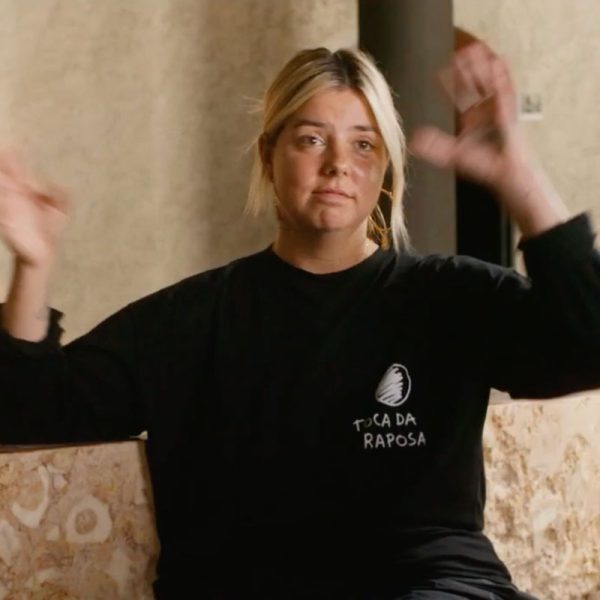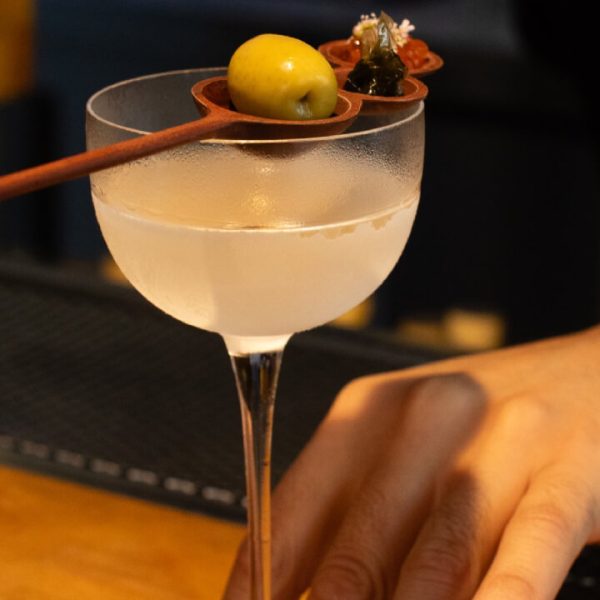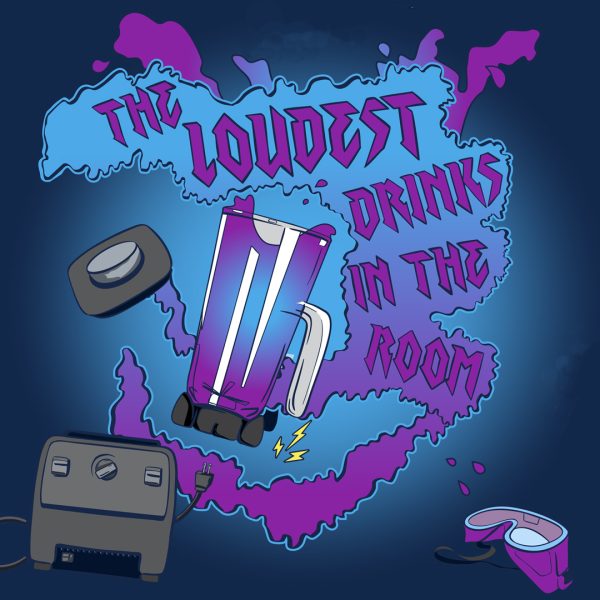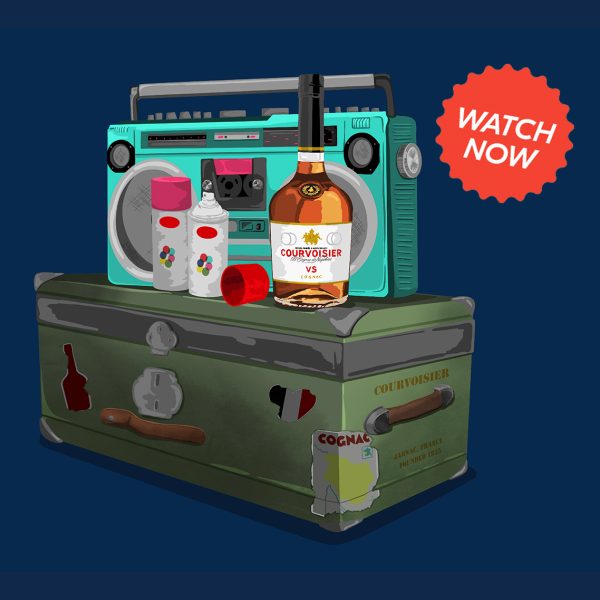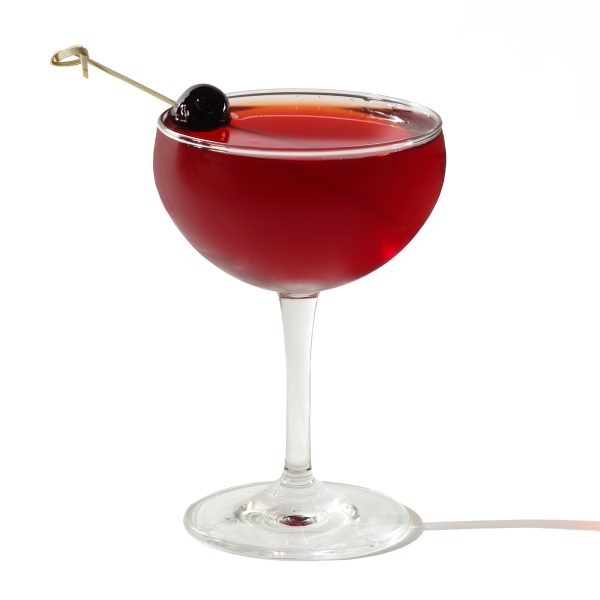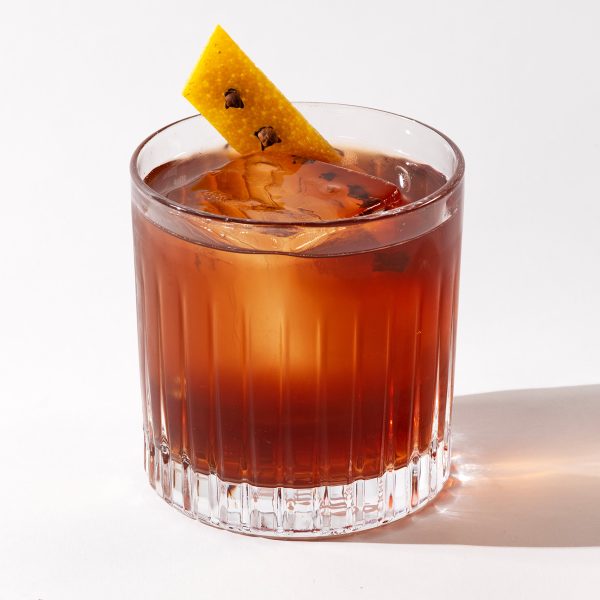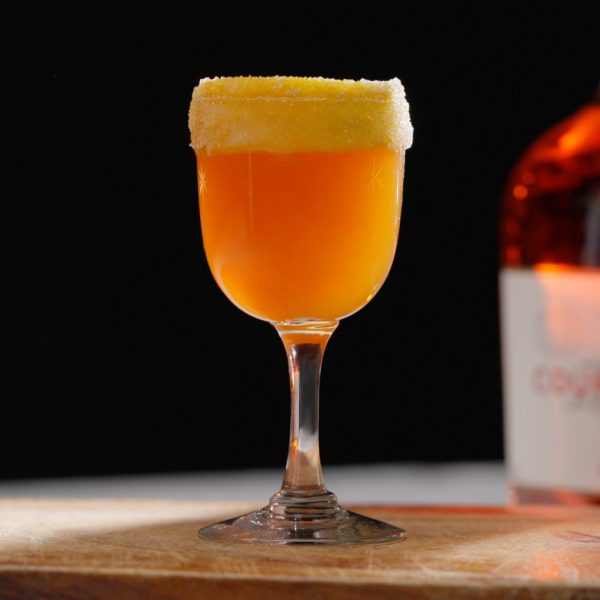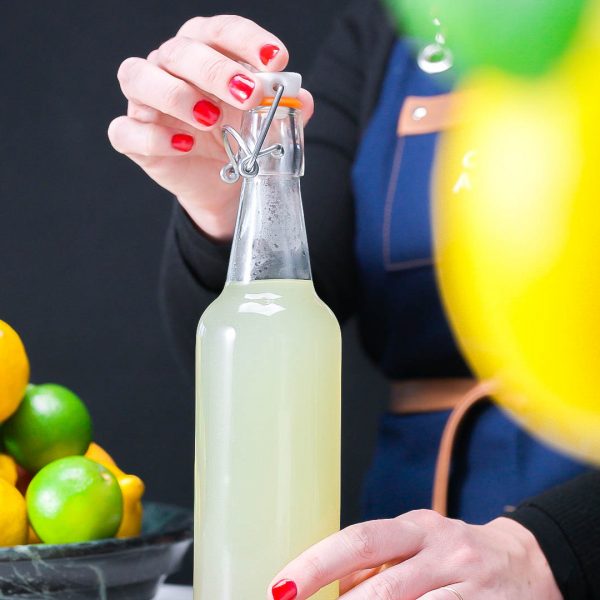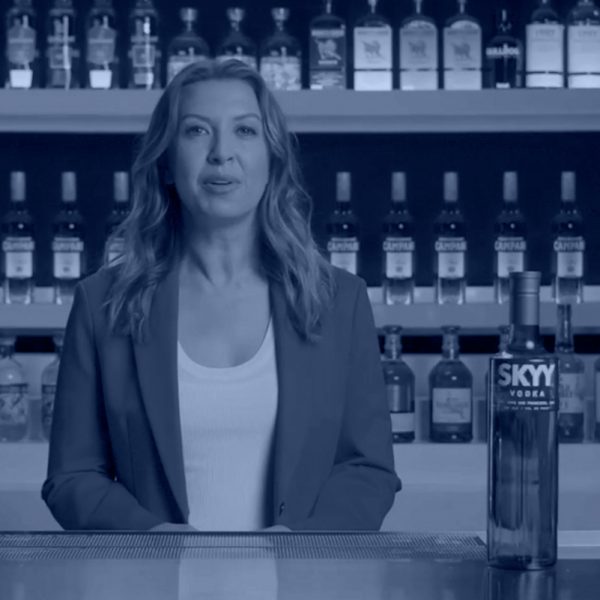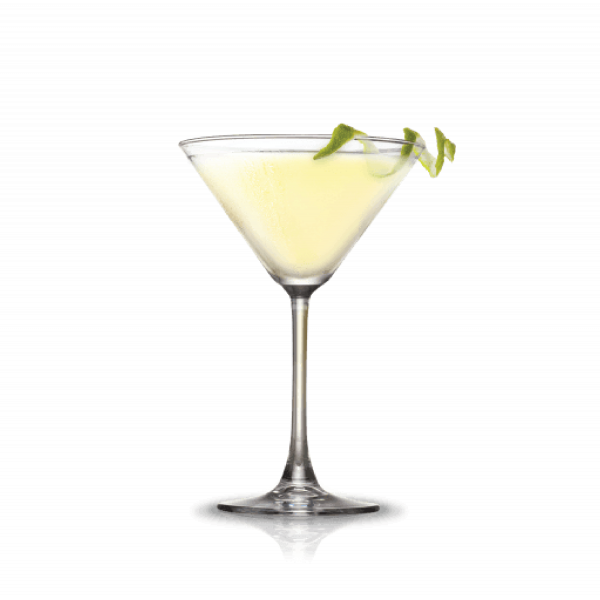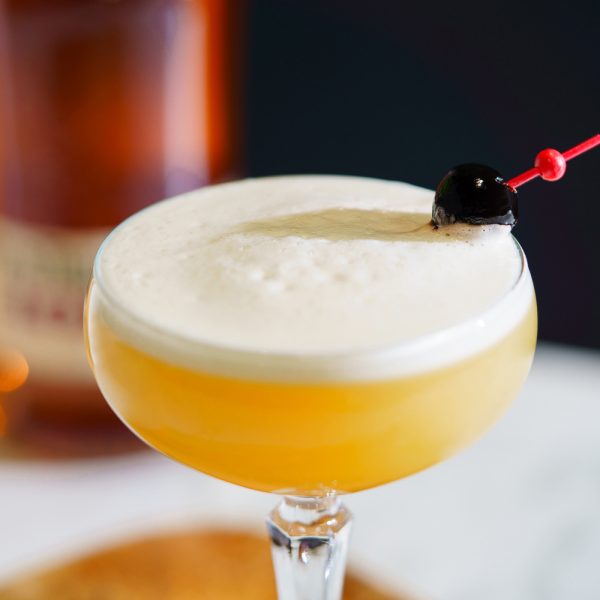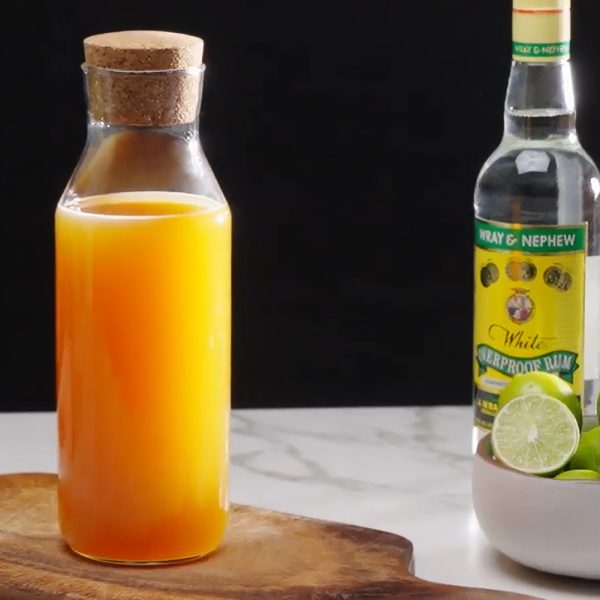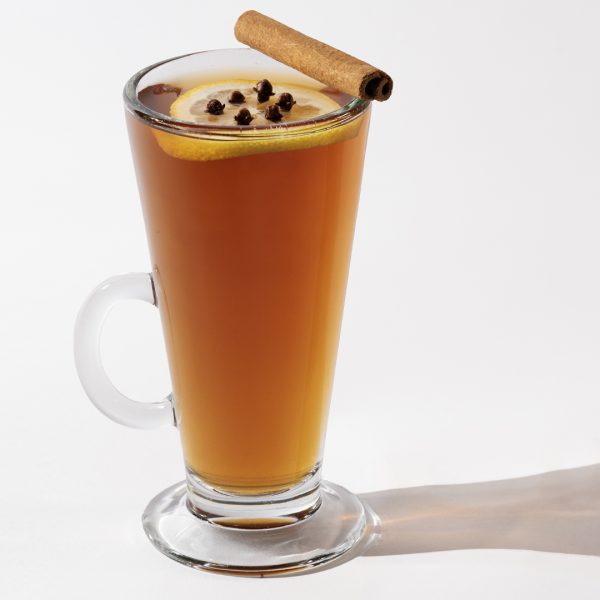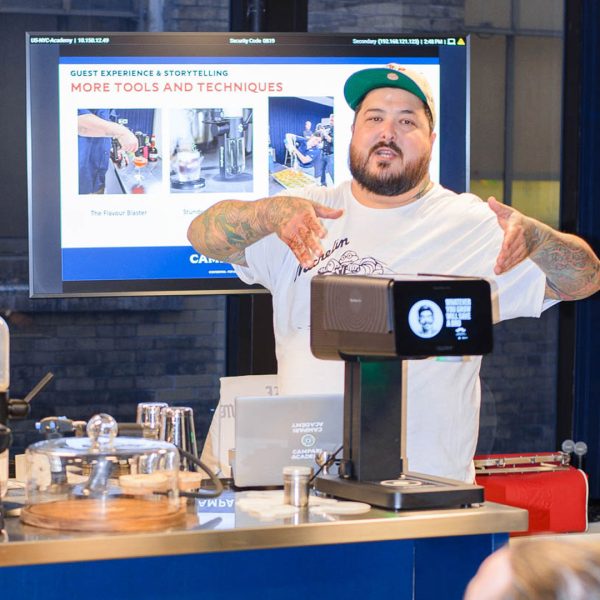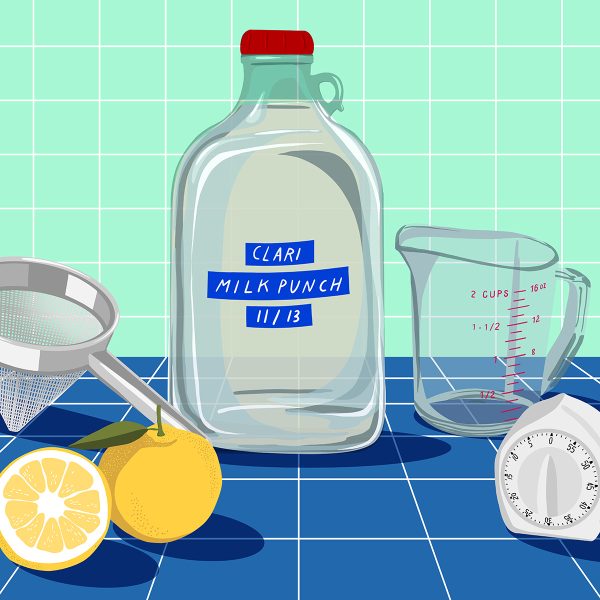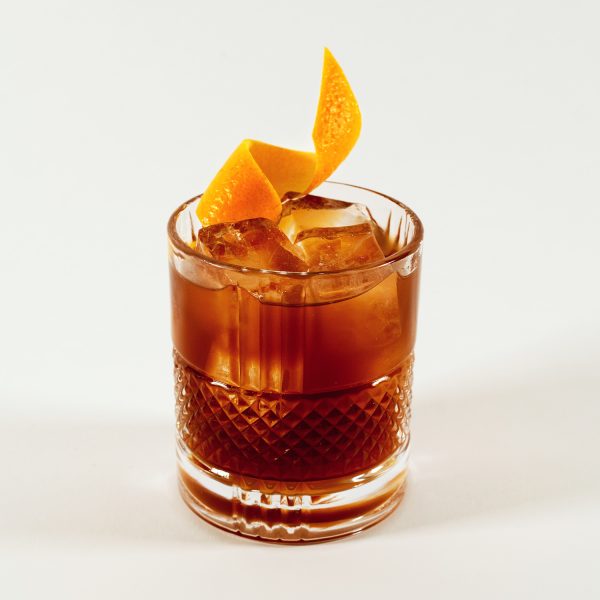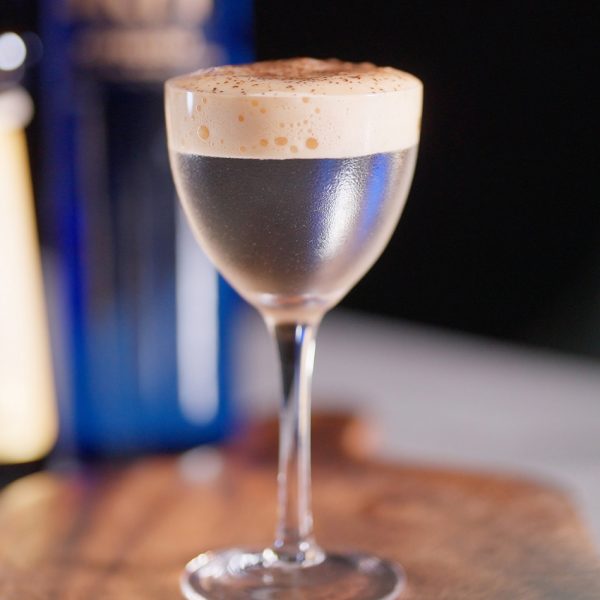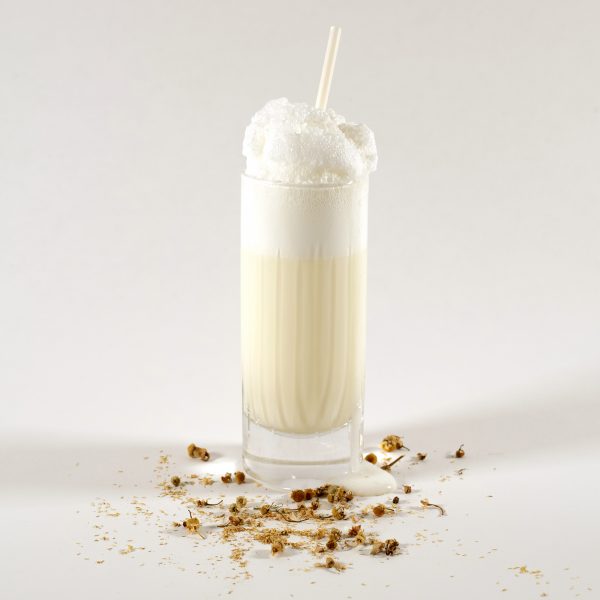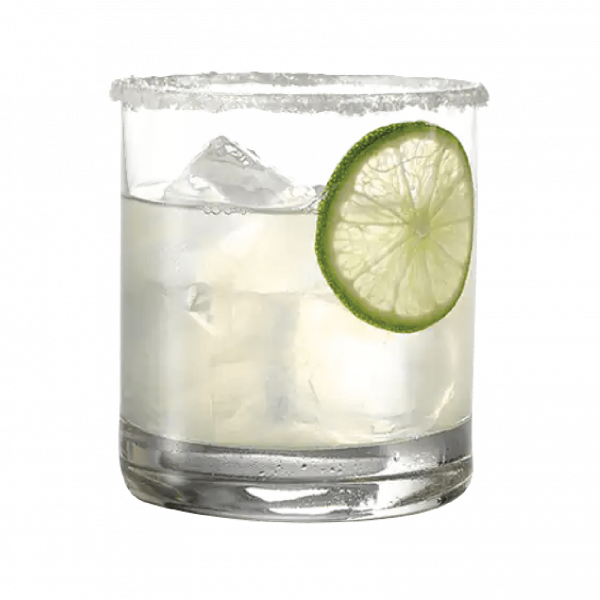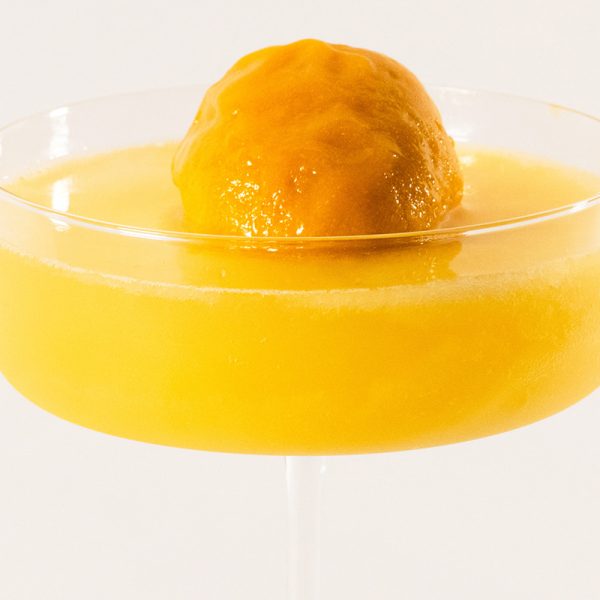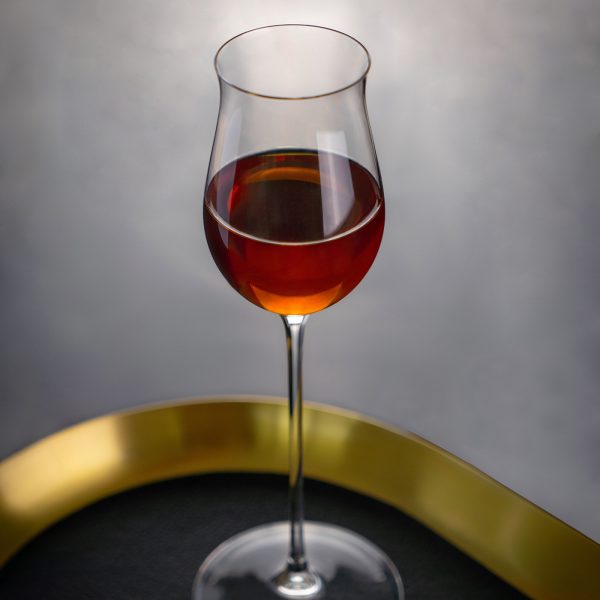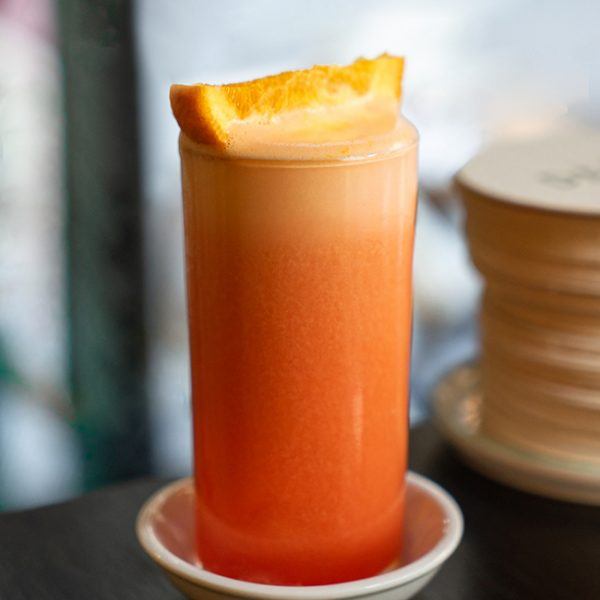The Best Egg White Alternatives for Cocktails.
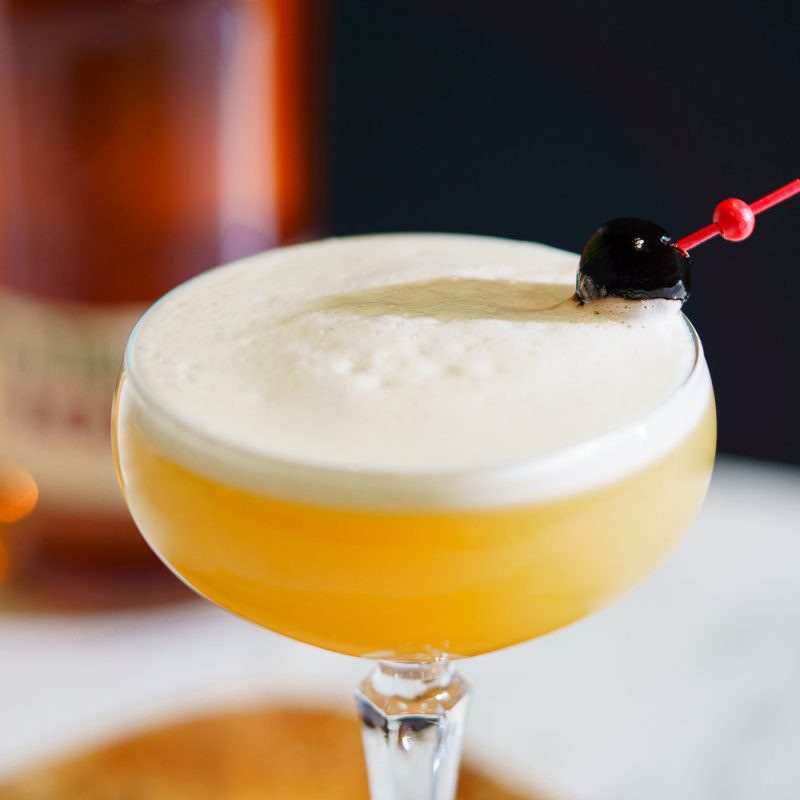
We tested 10 different egg white alternatives for use behind the bar. Here’s what we found.
Egg whites in a cocktail can be a wonderful thing, adding a luxurious mouthfeel and helping to connect the dots between sweet, sour, and spirit. This ingredient is also a key component of iconic recipes as diverse as the Clover Club, Whiskey Sour, and Ramos Gin Fizz.
Unfortunately—and you know this painfully well if you do your bar’s ordering—eggs are expensive right now. The good news? There are options!
We recently tested nearly a dozen egg white alternatives in the Campari Academy lab in New York City. We discovered a range of interesting options with the potential to both save your bar money and provide options for guests with dietary or allergy restrictions.
How did we test?
Well, we made A LOT of Whiskey Sours.
Our first step was to set a baseline Whiskey Sour with .5 oz egg white. We used this to establish judging criteria for the alternatives:
- Emulsification & Texture: Did it emulsify as desired, creating a cohesive foamy texture?
- Taste: Did it impart a flavor? If so, was it distracting or unpleasant?
- Smell: Did it impart a scent? If so, was it distracting or unpleasant?
- Staying Power: Drinks were tested immediately post shake, and again at 2, 5, and 10 minutes.
The Best Egg White Alternative For Cocktails:
Methyl Cellulose
Across the board, this culinary world solution was the team favorite. Methyl Cellulose is a plant-based fiber available from Modernist Pantry. It is available across a range of viscosities, and generally used for applications such as gelling, thickening, and stabilizing.
We tested Methocel A4C and Methocellulose HV (High Viscosity), but we recommend watching their informative breakdown on the full product range to best understand the differences and uses.
Method: Both of these products are sold as powders, and we put them into a water solution at 2% by weight before use. Our initial test using .5 oz of solution turned out to be overkill—a teaspoon worked perfectly well. Overall, we recommend the HV because it is cold water soluble, $20 cheaper at the professional size, and more than strong enough for the job.
Outcome + Notes: Both versions performed well across the board, imparting no discernible smell or taste, while adding a robust texture which held for many minutes. Being plant-based, Methyl Cellulose is also a nice option for guests with dietary restrictions or allergies.
We suggest testing additional dilutions and products in this range to find the right balance for your program.
What other alternatives did we test?
Foam Magic
Another product from Modernist Pantry, this product also features Methyl Cellulose, along with Maltodextrin and Xanthan Gum. It’s intended to be used in a hand blender or iSi to “create perfect creamy, dense foam from virtually any liquid.”
Outcome + Notes: This hit all the notes on flavor, taste, and initial rise and texture, though it died more quickly than the winner. It’s possible that with additional tinkering on specs, this could also be a favorite.
Fee Foam
This dasher bottle product from Fee Brothers is one of the better known “out of the box” egg white alternatives for bar use. We used several dashes in the test, as per their product instructions.
Outcome + Notes: Our testers appreciated the ease of a ready-made solution, especially for bars where additional prep work might not be an option. The Sours produced had a pleasant uniform head with smaller bubbles (not a bad thing). Some of our team, however, reported a slight glycerine flavor which could be an issue in more delicate or subtle recipes.
Aquafaba (fresh and rehydrated)
Perhaps the best known egg white alternative, Aquafaba has been a vegan culinary solution for egg whites for years outside of the bar. Essentially, this is just the liquid found in a can of chickpeas (or the liquid produced in cooking them). As a bar product, though, it’s divisive: it fans are numerous, but haters point to a distracting taste and smell.
Outcome + Notes: The canned product performed adequately as an emulsifier and held its head well, but added a bit of savoriness that the team thought could be distracting for drinks with unaged spirits. The powdered Aquafaba, which we rehydrated in hot water, produced a solid foam but it failed to connect the drink—instead it rested on top, almost Cappuccino style.
Dehydrated Milk Powder
We added a hulking barspoon of this to our test recipe, and found it to be an interesting solution with several caveats.
Outcome + Notes: Initially the milk powder produced an excellent foam and texture, but as it died it separated in a visually unattractive way. Additionally and perhaps unsurprisingly, it imparted a slight milky taste which…we didn’t hate? In a Whiskey Sour, our testers found that it actually mellowed the tannic and citric notes in a pleasant way. The consensus was that it could be a solid alternative for cocktails designed specifically with it in mind, rather than as a general substitute.



